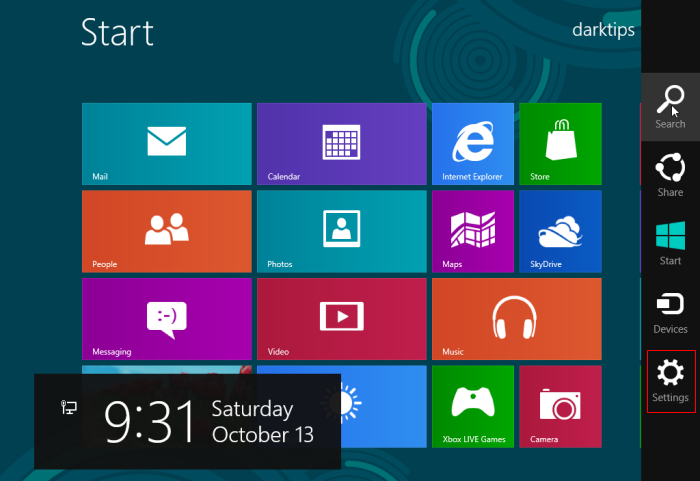The National Campaign to Prevent Teen and Unplanned Pregnancy surveyed teens and young adults for a report on sex and technology. The results may shock most parents. Overall, 39 percent of teens, starting at age 13, send or post sexually suggestive text messages — known as sexting — as well as emails. Forty-eight percent of teens report receiving these NSFS (not safe for school) messages. Also, kids who start this practice young tend to increase their risky ‘net behaviors as they become young adults. The problem of sexting is so overwhelming and the consequences so severe, it’s not unfair to ask what a concerned parent can do?
Fortunately, there are some key actions parents can take to prevent impressionable teens from sending racy texts. The trick, say many experts, is to never stop talking to your teen, even if you think he or she has gotten the message. Girls, especially, are prone to feeling like they have to “please” a boyfriend or potential boyfriend. But the reasons for sexting, for both boys and girls, are mostly the same. They send racy messages to boys or girls they like, they send racy gossip about kids they dislike and they act out sexually for attention and to show off.














 Everyone parent wants to be the "cool" parent. You don't want to be one of those parents who won't let their child have a Facebook account because
Everyone parent wants to be the "cool" parent. You don't want to be one of those parents who won't let their child have a Facebook account because


